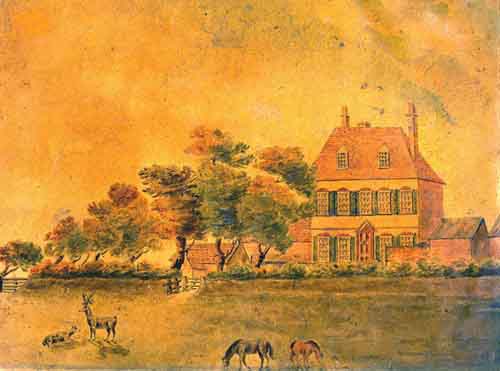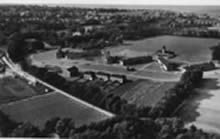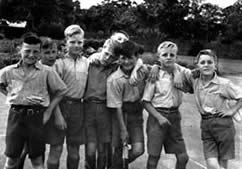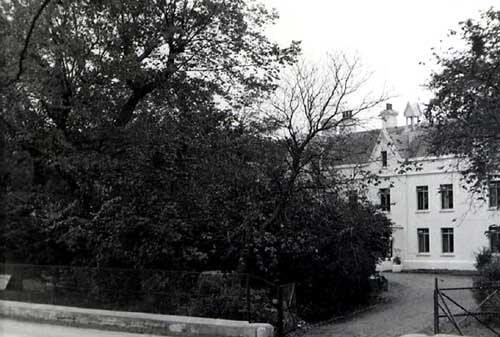|
|
|
Hogarth: Chorus of Singers |
|
Shelwin.com |
| Edwin's family history |
|
|
|
Laming Family |
| Laming Wills |
| Laming History 1 |
|
|
|
Birchington Hall, Birchington, Thanet, Kent |
|
|
Scale across
approx. 5 miles |
|
| In the on-line Catalogue of Papers of William Henry Cavendish Bentinck, 3rd Duke of Portland at Nottingham University, under Part 14: Robert Mylne - Thomas Pelham - Holles, 1st Duke of Newcastle under Lyne, we find under reference: Pw F 7420 30.9.1795 | |
As mentioned before, there is a footnote in the book by Edward Walford, The County Families of the United Kingdom, London 1864, at p. 587
before the Lamings settled in Birchington,
the FRIEND family held land there, and elsewhere in Kent, for
several generations, their name first appearing in the registers of the Parish
Church (All Saints) at Birchington in 1620. |
|
|
|
|
|
To quote the history from the Trust's site :
It would appear therefore that the Laming family purchased all or part of the Birchington Place Estate in 1852, when it was sold by the Friend family to James Laming, who moved in aged 62, accompanied by his wife Anne, and a number of their younger children. The previous year was the 1851 census year, and at that time James was living at 26, Maida Hill West, Paddington, together with his wife Ann (nee Noakes) and their children Alfred (24 - Occupation, Merchant), Bertha M[atilda] (22), Susan[nah] J[ane] (19), Benjamin (17 - Schol. Student Med.), Richard (15 - [Scholar]) and Clara (10 - Schollar). As well as also having a Cook, Lady's Maid, Housemaid and Footman, they also had with them as a guest, James Laming, one of their elder sons, aged 32, unmarried and described as a Merchant in Provisions. Later on it is recorded that Susannah (b. 9th May 1831), although she married Worthington Evans in Worcester on 28th May 1865, was described as "of Birchington Hall", and Benjamin (b. 20th June 1833) similarly when he married Rosalie Sarah Bateman Harcourt on 15th August 1861. Unfortunately she died on 10th April 1866 in Rotterdam, and Benjamin married again, also in Rotterdam, three years later. Kelly's Directory for the Isle of Thanet for 1903 states as its owner:
and the 1901 Census records:
A large number of the children who were taken in to the orphanage at Stockwell were suffering from bad health and so it was decided to open a home by the sea where the children could enjoy a holiday and regain their health. Eventually a large house was purchased in Northdown Road, Cliftonville. Mrs James Surgeon ran the house. It was also used as a primary school. In 1917 the Stockwell Orphanage celebrated its Golden Jubilee at the Queen's Hall in London. To celebrate this event it was decided to establish another seaside home, this time in Birchington. Birchington Hall, which fronted onto the Canterbury Road where Charlesworth Drive is today, was purchased, altered and extended. The house stood in about 40 acres. |
|
|
During the [second world] war the building in
Stockwell was bombed and fell into some disrepair. After the war the
trustees came to realise that the Home at Stockwell would not be
suitable for the children's return.
|
Group of boys at Spurgeon's in the 1950s |
|
|
|
|
It was therefore decided to develop at Birchington and plans were drawn up for the rebuilding of the entire Home on the forty acres site. By Easter 1953 the new buildings were occupied and once again the Spurgeon's family were all back in one location. The HRH Duchess of Gloucester visited the Home in June the following year. |
|
Birchington's biggest happy family In 1963 the Home was being described as Birchington's biggest happy family, with over two hundred boys and girls enjoying the forty acres well maintained lawns adjoining Park road. Children from birth to the age of sixteen were taken in, some staying only on a temporary basis. The Home had a nursery, a chapel, four large kitchens serving the eleven separate houses. Each house was in the care of married couples or housemothers. To begin with schooling was provided on site, but in later years children attended local schools. The yearly cost of running the Home in 1963 was approximately £52,000. The site of Birchingon Hall now With thanks to Graham W Hughes, the Baptist Quarterly Magazine and Bill Evans, and reproduced from The Online Birchington Roundabout. |
|
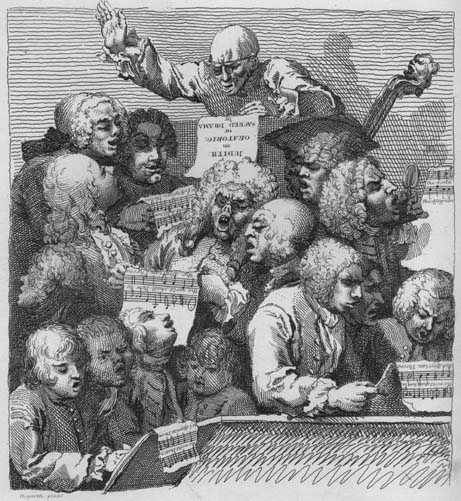
.png)
